nikonusersince2007
TPF Noob!
- Joined
- Nov 1, 2011
- Messages
- 56
- Reaction score
- 0
- Can others edit my Photos
- Photos OK to edit
I am looking into studio equipment best designed for photographing babies and children.
I have heard good things about the Alien Bee brand, but know nothing more like specific equipment they offer that would be best for baby/child portraits. I am open to hearing about all brands and your experience(s).
*If you have a picture of your studio/studio setup or a diagram of your studio space and equipment set up-I would LOVE to see it.
The space I will be utilizing is approx 16ftx20ft with white 8ft. ceiling, dark brown walls on all sides, with 1 window 6ftx6ft and 1 window 4ftx4ft (1 window on the north side of the room and 1 on the south side (very little light comes through either window due to shade on the outside of the windows-so not sure if utilizing window light simutaniously with studio light would be an option, furthermore not sure if it is best to NEVER combine natural light with studio light due to the different color hues these two light sources provide when used together.
Thanks
I have heard good things about the Alien Bee brand, but know nothing more like specific equipment they offer that would be best for baby/child portraits. I am open to hearing about all brands and your experience(s).
*If you have a picture of your studio/studio setup or a diagram of your studio space and equipment set up-I would LOVE to see it.
The space I will be utilizing is approx 16ftx20ft with white 8ft. ceiling, dark brown walls on all sides, with 1 window 6ftx6ft and 1 window 4ftx4ft (1 window on the north side of the room and 1 on the south side (very little light comes through either window due to shade on the outside of the windows-so not sure if utilizing window light simutaniously with studio light would be an option, furthermore not sure if it is best to NEVER combine natural light with studio light due to the different color hues these two light sources provide when used together.
Thanks



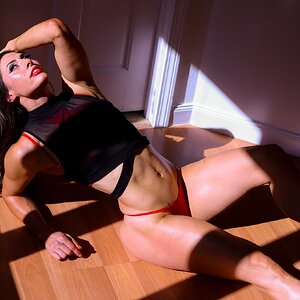
![[No title]](/data/xfmg/thumbnail/40/40294-85063966547e41d91fa4fcc007f0896c.jpg?1619739410)
![[No title]](/data/xfmg/thumbnail/40/40299-41bf1ccac2889096fb5f4fcffdd56721.jpg?1619739411)
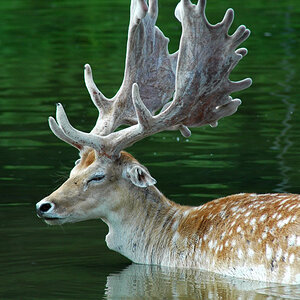
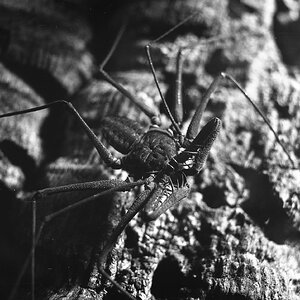
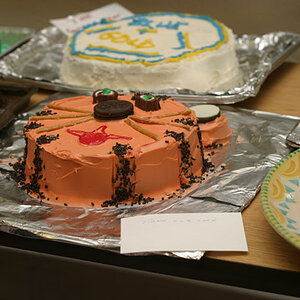
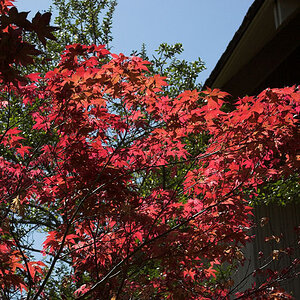
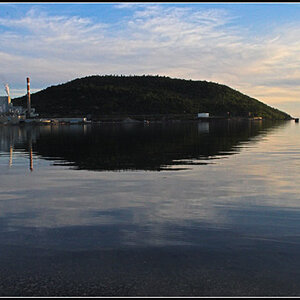
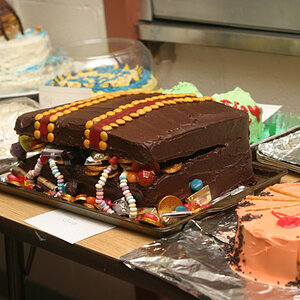

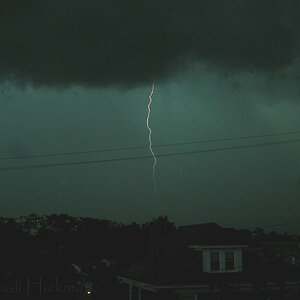
![[No title]](/data/xfmg/thumbnail/32/32718-19d5f7764b6f43f6cec5a67701261560.jpg?1619735624)